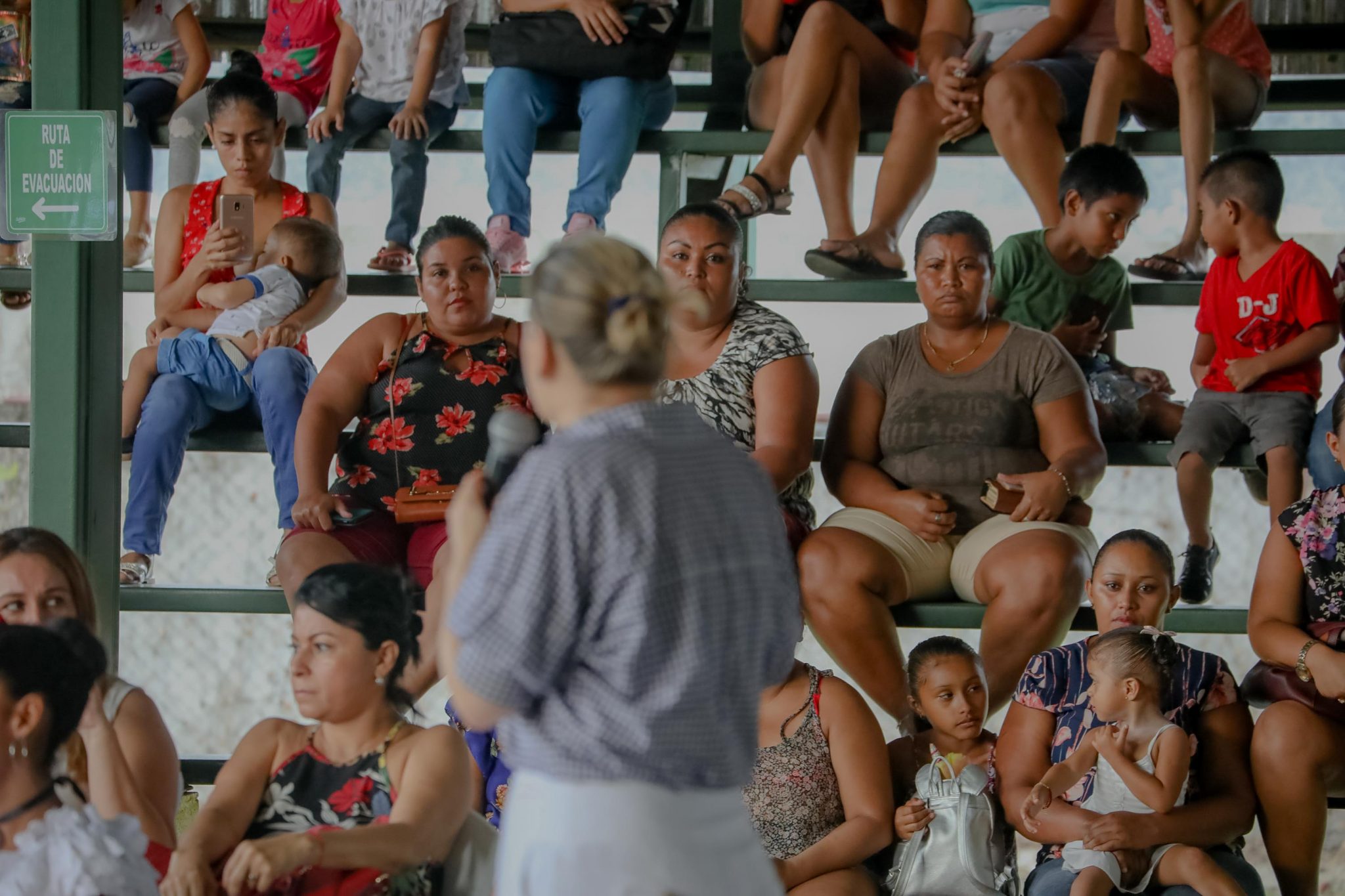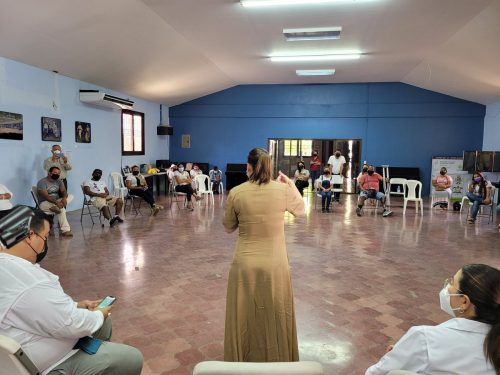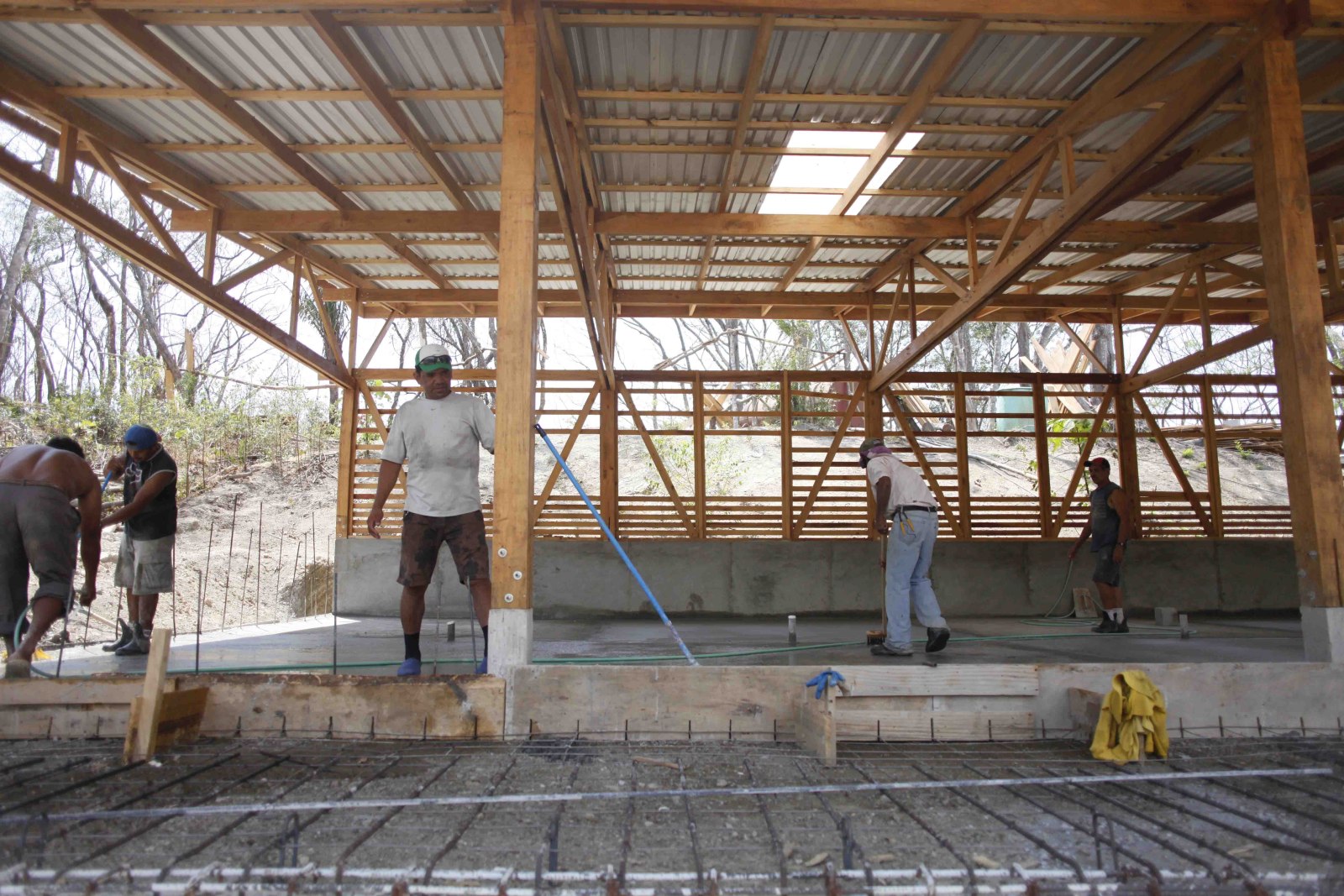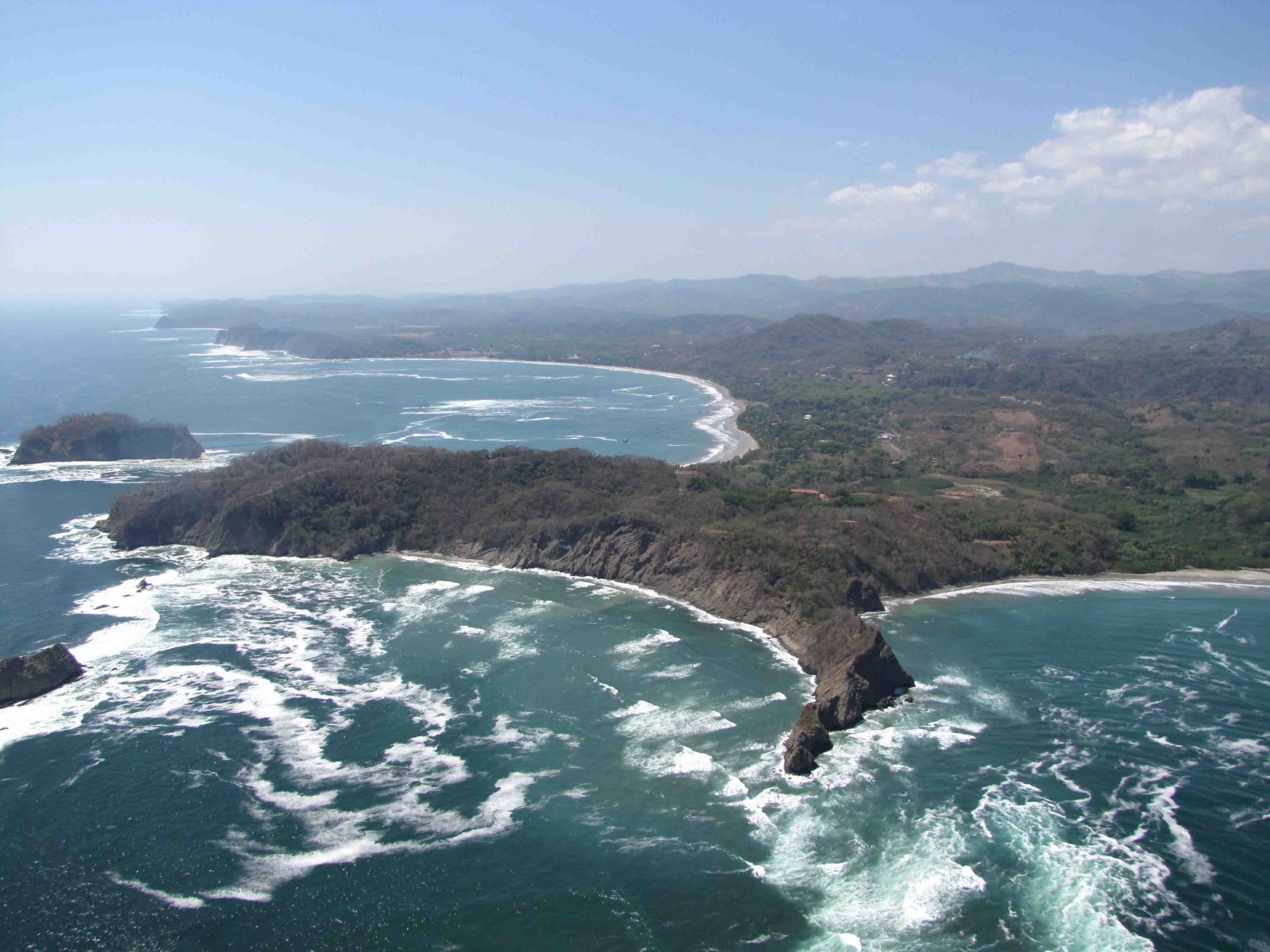
Marian Diaz has three daughters, lives near the Nicoya cemetery and has been waiting for four years for her own house in the Don Mario project, a controversial social housing development announced in 2015 that is still in the initial stages of the process: it lacks environmental viability approval and has not yet been entered in the Housing Mortgage Bank (Banhvi in Spanish).
On Sunday, July 21, she and several other families met with the person in charge of the Chorotega Region for the Costa Rican government, Claudia Dobles, who explained to them that this is a private development and that the Executive Power cannot accelerate it until it enters Banhvi.
Both Dobles and the Minister of Housing, Irene Campos, affirmed that the housing project does exist, although they estimated that its construction phase might begin in a year and a half.
“Housing projects have several stages. There are approximately 15 milestones they have to go through. And the Don Mario project is in the fourth milestone,” explained Dobles in a later interview with The Voice of Guanacaste
The project promised to be a solution for 254 families. Since 2015, it has had the support of the municipal council, which had declared it to be “of public interest” and obtained a preliminary endorsement from the Ministry of Housing. As reported by The Voice of Guanacaste in June of that year, the land is located next to the Chorotega Stadium and the development concept is ecological and modern.
One of the development partners, Jesus Fernandez, confirmed that the project does not yet have the environmental viability approval of the National Environmental Technical Secretary (Setena), but he affirmed that they do have the plans approved by the Federated College of Engineers and Architects (CFIA), in addition to water and land use permits.
To obtain the environmental permits, they must first do an archaeological study of the property. “Our blueprints stage and all that is completed. What we have pending is to complete Setena because they got the museum involved. They planted pieces of pottery and called the museum,” he alleged in a telephone interview.
“On a teak or melina tree, which had already been burned, they dared to leave half of a pot of archaeological origin, placed on top. I don’t know who could come up with this,” lawyer Jose Antonio Aiza, who advises both the project and Mayor Marco Jimenez on legal issues, related during a session of the Nicoya Municipal Council.
In the interview (available on the website www.vozdeguanacaste.com), Fernandez complained about how much money they have had to spend on the project. “We have spent more than ¢200 million (more than $330,000) between hydrological and water studies, and now the archeological study. I have a small property in Turrialba and I mortgaged it, for example,” he added.
In the meeting held by the first lady with the families interested in the project, there was a mix of everything: people who affirmed that they had paid amounts starting from ¢30,000 (about $50) to the developers, others who claimed that it was a scam and others complained that it was a political project.
To these allegations, Fernandez responds by saying that he has never charged for the paperwork.
“Families have not been charged one penny. Nobody has paid a penny for a surveyor, nobody has put anything down for plans, nobody has put anything down for studies. The bonus is free.”
Both Dobles and Campos, from the government, were emphatic that families do not have to pay anything before they are given housing.
And the List?
Another of the questions frequently asked by interested parties is whether they are included on the list of beneficiaries. Both Minister Campos and the developer said that the original list remains intact and will not change.
Of course, Campos explained that the beneficiaries must meet all the requirements at the time the house is given to them. The authorized entity will do a study to verify that their economic condition remains the same.
At that time, they might have to pay for some services, for example, the social worker who evaluates them, water and electricity meters and some other procedures.
Something that is very likely to change is the authorized entity, which is responsible for evaluating the project before passing it on to Banhvi. At this time, the Alajuela Mutual Group is the one that has the families’ files, but it won’t be for much longer.
According to Fernandez, they are evaluating switching to Banco Popular because it has an agency in Nicoya whereas the mutual group only has one headquarters in Liberia. However, he assured that this change of plans will not delay the process at all.
Expectation Grows
Rumors about this project have grown but so has the attention from the government and the municipality.
According to Dobles, Nicoyan Mayor Marco Jimenez had formally asked her about the progress of the project. “[We told them] that with great pleasure, once it entered Bahnvi, we were going to give it a fierce follow-up, seeing that it is such an important project for the community. But for now, we can’t even push it.”
Although the government is not involved in the project now, they have mentioned it every July 25 since 2015 as a solution for the town. For example, on July 25, 2018, President Carlos Alvarado said in his speech: “That project already has the approval of AyA, the Federated College of Engineers and Architects and the door is open for its construction: 244 housing solutions here in Nicoya.”
So how much longer? The families grow more anxious, but Fernandez is optimistic. Contrary to Minister Campos’ expectations, he hopes to break ground in about eight months.








Comments